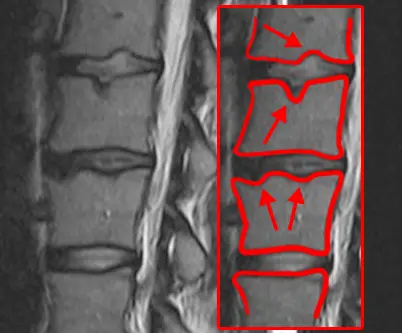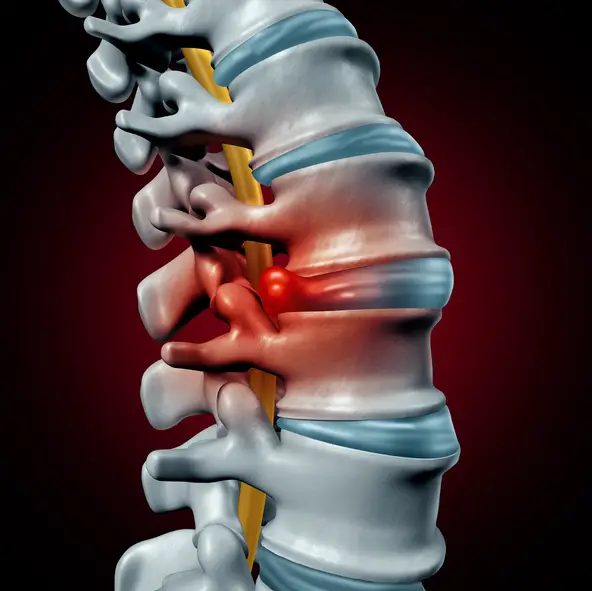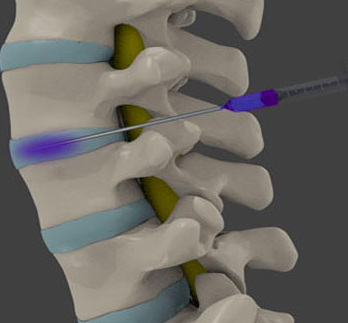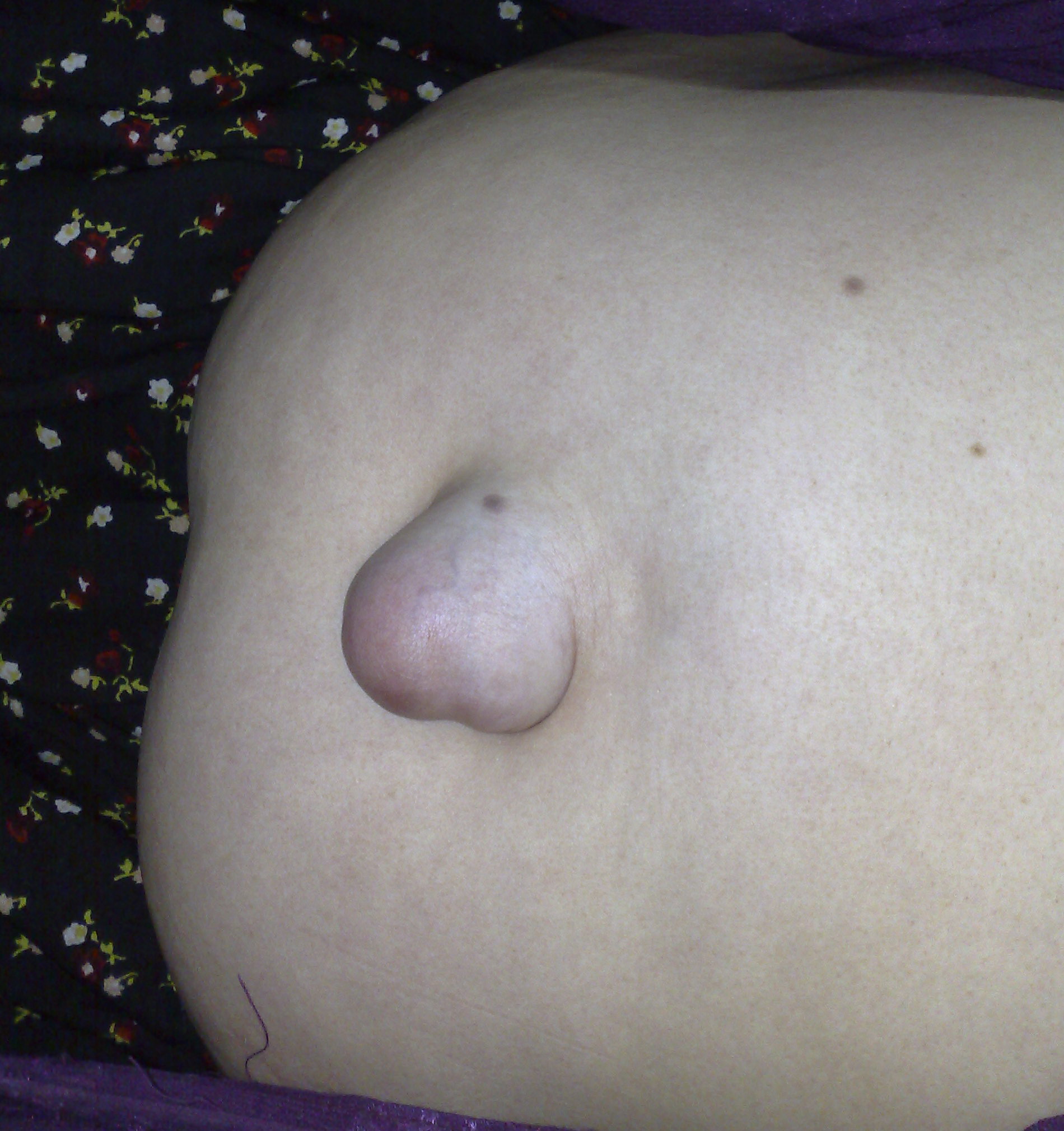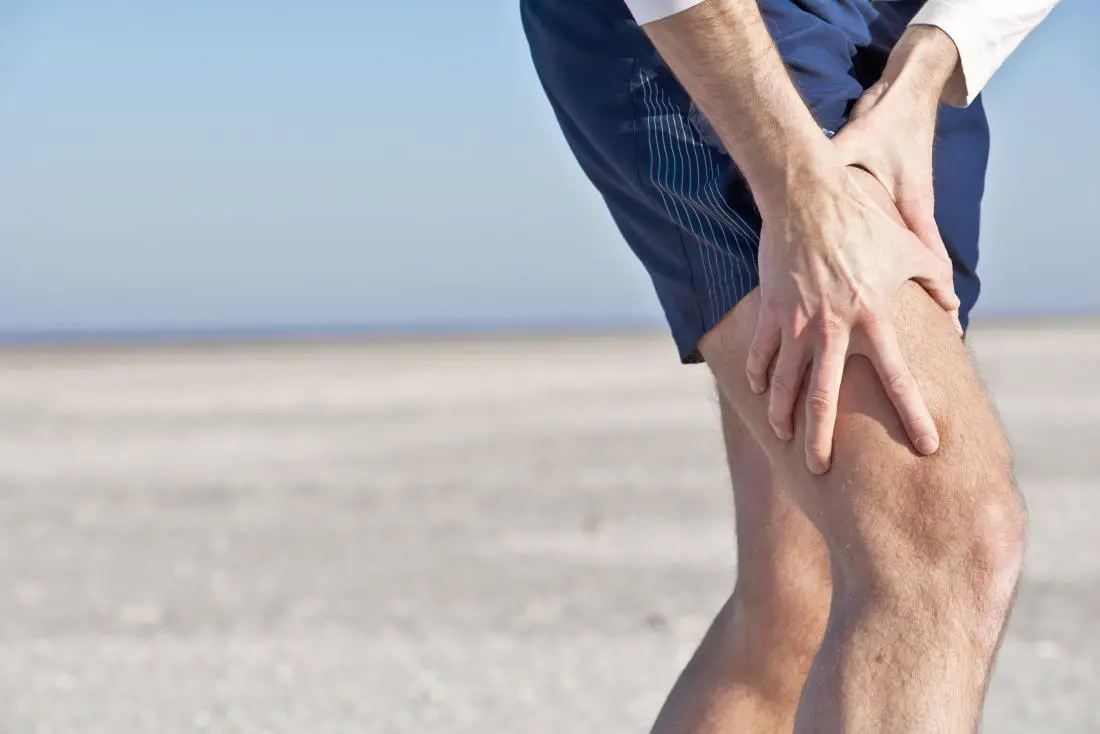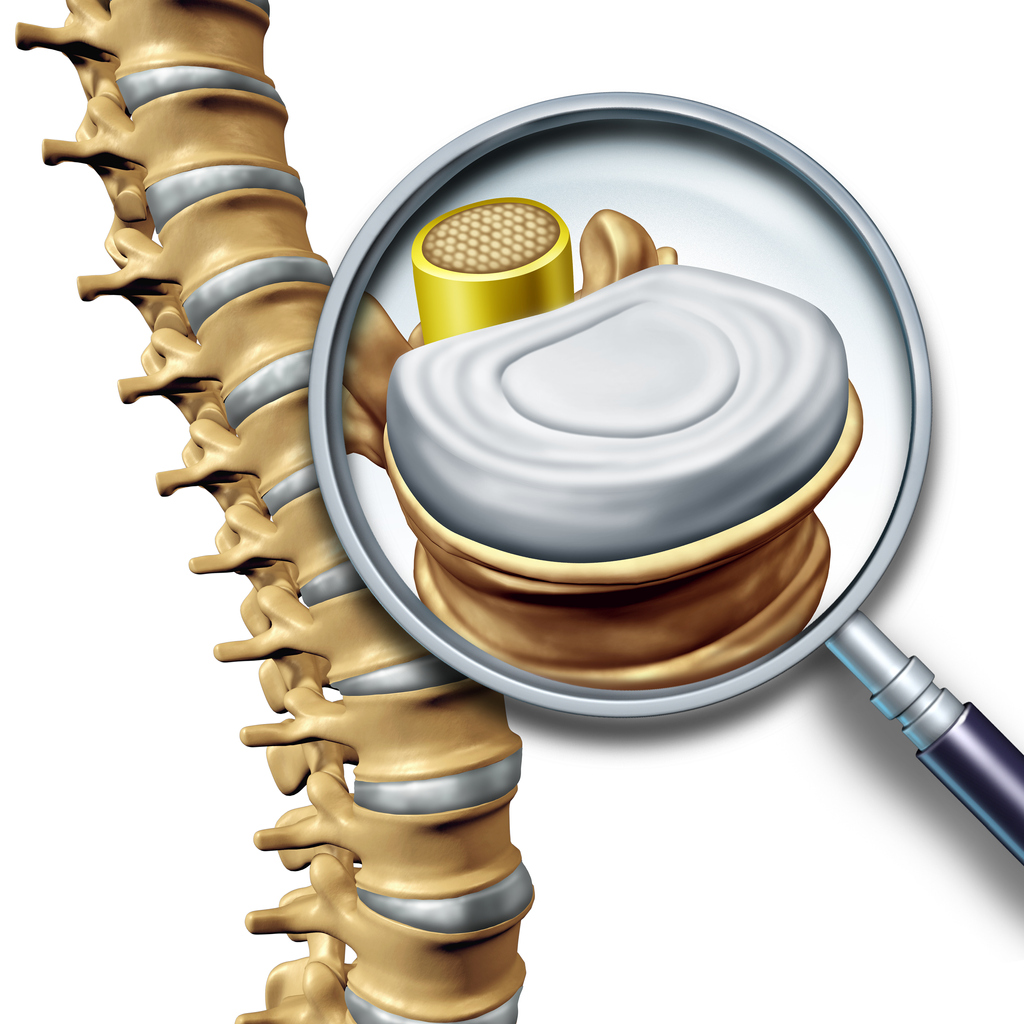Article reviewed and approved by Dr. Ibtissama Boukas, physician specializing in family medicine
very common, hernias are conditions that can affect anyone at any age. Among the different types of hernia diseases that exist, the crural hernia is one of those with a high risk of complications. Indeed, it can quickly strangle and engage the vital prognosis of the patient.
How to recognize a crural hernia? How to diagnose it? Is it possible to cure it naturally? And what about surgery? Find all the answers in this article.
Definition of a crural hernia
A crural hernia designates the exteriorization of a part of the digestive tract (frequently the intestines) or of another organ of the belly through the crural orifice. It manifests itself by a protuberance, painless, of variable size which forms below the line of Malgaigne, at the birth of the thigh. By this localization, it is also called femoral hernia.
It should be noted that many confuse the crural hernia with the inguinal hernia. Thus, to clearly distinguish the two, know that inguinal hernia, she is at above the fold of the groin.
The different causes of a crural hernia
Any phenomenon capable of creating pressure within the abdomen is likely to cause a crural hernia. We can cite :
- chronic coughs;
- chronic and repeated constipation;
- difficulties in urinating: they are frequent in men suffering from prostate adenoma and in women affected by a pelvic floor disorder;
- the pregnancy ;
- overweight ;
- extreme efforts;
- the weakness of the abdominal muscles: it occurs especially in the presence of certain cancers or with advancing age.
It should be noted that the crural hernia affects more women than men. Similarly, seniors are also at high risk of developing this condition.
Symptoms of a crural hernia
Like all other types of hernia disease, a crural hernia is characterized by the appearance of a soft mass under the fold of the groin. sometimes associated with groin pain. It can be unilateral (on one side only) or bilateral (on both sides). This last case is nevertheless very rare.
The appearance of swelling occurs mainly in the following situations:
- intense effort: carrying or lifting heavy loads;
- coughing;
- going to a standing position;
- performing a physical activity.
In general, a crural hernia is benign if measures are taken in time. Despite the discomfort it causes, the swelling does not cause pain. It is also reducible, which means that it can be manually reintroduced into the abdominal cavity.
On the other hand, you must be vigilant, because over time, the mass can increase in volume and cause various complications such as strangulation and intestinal obstruction. In this case, the patient may suffer from sharp and sudden pain in the thigh, stoppage of gas and constipation.
How to diagnose a crural hernia?
Le diagnosis of a crural hernia is done mainly by a clinical examination with a doctor. The latter performs a palpation to locate the hernial mass. He also studies the risks of complications of the condition by evaluating a few points such as:
- the painful nature of the swelling;
- its reducibility;
- its consistency (soft or hard);
- his coughing impulsiveness.
On the other hand, to the existence of a possible complication or previous surgery in the groin area, additional tests such as an ultrasound or CT scan may be helpful. The same is true for overweight people. The reduced size of the crural hernia is sometimes difficult to visualize and palpate through the corpulence of their bodies.
What are the possible treatments for a crural hernia?
When it comes to a hernia, surgery is always the first indication for treatment. However, for people at high surgical risk, such as the elderly, there are also natural solutions that help calm the symptoms of the disease.
Natural treatments for a crural hernia
Turmeric infusion
For a painful hernia, turmeric proves to be an excellent remedy. This rhizomatous plant has long proven itself in the treatment of pain and inflammation.
To use it against painful symptoms of your crural hernia, stir a tablespoon of turmeric powder into a cup of water. Bring the mixture to a boil, then leave to stand for a few minutes before drinking.
Mixture of clay, apple cider vinegar and cabbage
This remedy is distinguished first of all by its anti-inflammatory power. Indeed, both clay and cabbage have anti-inflammatory properties. Apple cider vinegar promotes blood circulation. Thus, the mixture of these ingredients proves to be highly effective for decrease and cure hernia inflammation.
For the preparation of this remedy you will need a glass of water, 5 tablespoons of clay, 2 tablespoons of apple cider vinegar and 3 cabbage leaves.
Mix the water, apple cider vinegar and clay to obtain a creamy paste. Then, just before application, scald the cabbage leaves for a few seconds. When everything is ready, spread the remedy on the area of inflammation and cover it with the still warm cabbage leaves. Let the remedy act until the clay dries.
This treatment can be carried out three times a day, until improvement.
The amount of ingredients varies depending on the size of the area to be treated. When adjusting the proportions, just be sure to refer to the suggested recipe.
Surgery during a crural hernia
La surgery is the one and only cure crural hernia. It is used to prevent and also to cure strangulation.
To do this, doctors often use the Mac Vay technique. It consists of reinserting the hernial mass into the abdomen and closing the orifice. For this second part of the operation, the surgeon has the choice between two types of procedures:
- create stitches with non-absorbable thread, stretching the surrounding muscles;
- place a mesh prosthesis on the surface of the orifice.
Nowadays, most operations of this kind are all performed by laparoscopy. This technique proves to be more effective with less risk of complications and just as few visible scars.
However, there are still some cases, including large hernias which require a skin incision.
Most often, the surgery is done under general anesthesia. However, for simple cases, the doctor may prescribe local anesthesia or an epidural.
What about recovery after the operation?
Nowadays, thesurgery for crural hernia is usually done on an outpatient basis. The operation lasts about 15 to 30 minutes, or even a little longer in case of complications. After that, the patient is kept in hospital for 24 hours and can go home the next morning.
Regarding convalescence, the patient is strictly forbidden to carry out intense sporting activities and carry heavy loads for at least 28 days. In the meantime, he will also follow control sessions with his surgeon. It is he who will validate the resumption of normal activities once he has confirmed the total healing of the scar and the solidity of the repair.
As a side note, the patient can eat normally from the very evening of the operation. You just have to be careful to adopt a good dietary hygiene to avoid constipation. It is essential for prevent recurrence of crural hernia.
Sources
- https://www.medisite.fr/troubles-digestifs-definitions-hernie-crurale-femmehomme-definition-symptomes-echographie.5554374.524104.html
- https://digestion.ooreka.fr/comprendre/hernie-inguinale-crurale
- https://sante.lefigaro.fr/sante/traitement/hernie-crurale/quest-ce-que-cest
- https://sante.lefigaro.fr/sante/traitement/hernie-crurale/quels-traitements
- https://sante.lefigaro.fr/sante/traitement/hernie-crurale/complications
- http://chirurgie-digestive-sat.aphp.fr/pathologies/hernie-inguinale/diagnostic-dune-hernie-inguinale/
- https://www.concilio.com/chirurgie-viscerale-pathologies-herniaires-hernies-abdominales-hernie-crurale
- https://www.universalis.fr/encyclopedie/hernie-crurale/#i_80561
- https://www.chirurgien-digestif.com/hernie-crurale
- https://sante.journaldesfemmes.fr/fiches-maladies/2666349-hernie-crurale-douleur-diagnostic-operation-convalescence/



